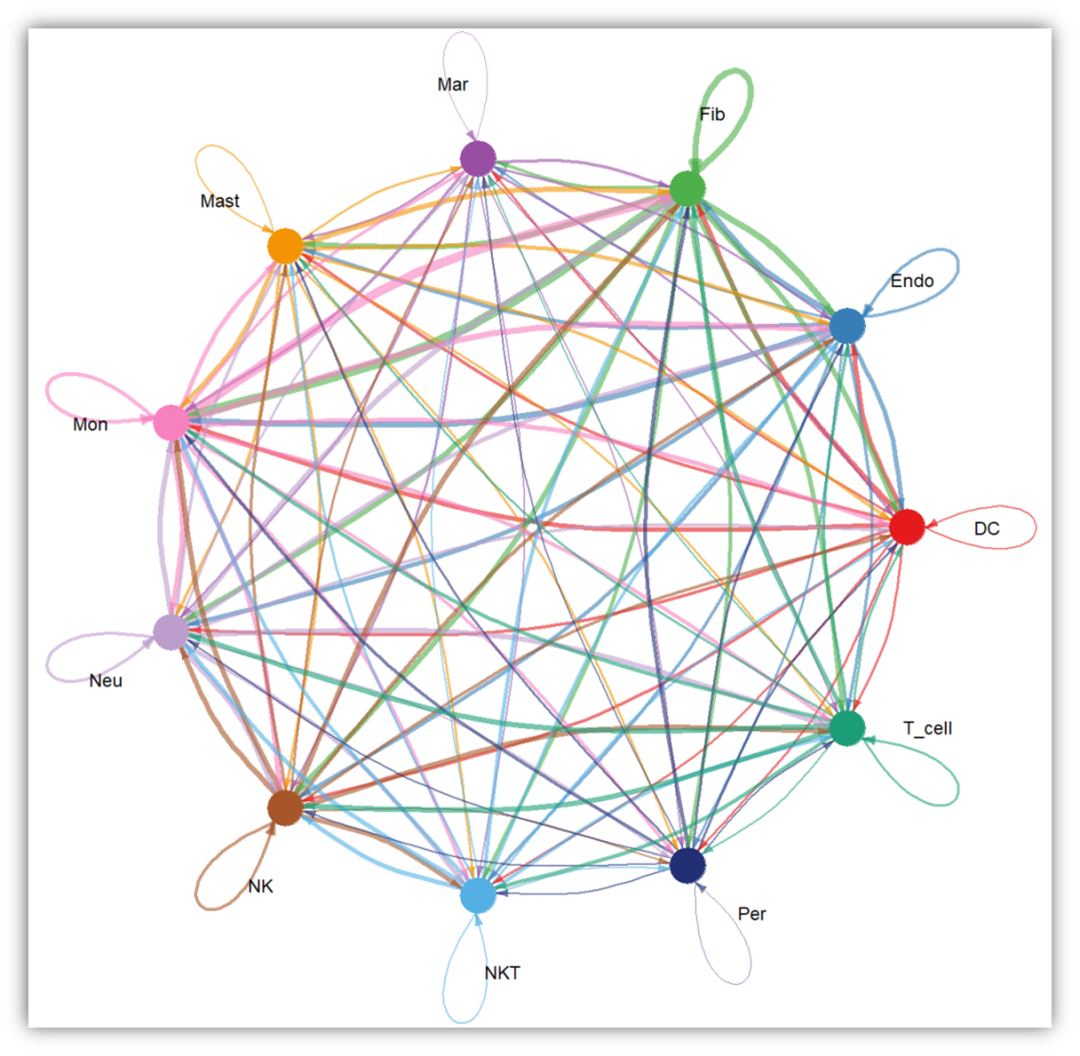
纯小白Ubuntu20.04系统从零运行ORBSLAM3
然后进入Thirdparty→DBoW2,打开CMakeLists.txt,找到find_package(OpenCV 3.2 QUIET),把版本号改成自己的版本,也就是4.2。如果是用小鱼方法安装的ros,以下安装opencv的方式可以忽略,直接运行最后一行查看版本号指令查询一下是否有opencv即可。在ORB-SLAM3文件夹下新建一个datasets文件夹吗,在datasets文件夹下新建
纯小白Ubuntu20.04系统从零运行ORBSLAM3
前阵子安装ORBSLAM3,怕自己后面还需要,写一个过程当作自我备忘,如果能帮到其他人那就更好了
文章目录
安装Ubuntu20.04
有很多教程这里就不展开了。
配置环境
新系统的一些准备
安装git
如果是新系统需要先安装git,在终端执行以下指令:
sudo apt-get install git
安装vi编辑器
如果是新系统需要先安装vi编辑器,在终端执行以下指令:
sudo apt-get remove vim-common
sudo apt-get install vim
安装gcc、g++
sudo apt-get install gcc
sudo apt-get install g++
安装cv_bridge
在终端执行以下指令:
sudo apt-get install libopencv-dev
sudo apt-get install ros-noekit-cv-bridge
安装opencv
安装依赖项
在终端执行以下指令:
sudo apt-get install build-essential libgtk2.0-dev libgtk-3-dev libavcodec-dev libavformat-dev libjpeg-dev libswscale-dev libtiff5-dev
sudo apt install python3-dev python3-numpy
sudo apt install libgstreamer-plugins-base1.0-dev libgstreamer1.0-dev
sudo apt install libpng-dev libopenexr-dev libtiff-dev libwebp-dev
下载opencv4.2
在官网(https://opencv.org/releases/page/3/)将下载的opencv4.2解压至主目录,命名应该是opencv-4.2.0

安装opencv
在终端执行以下指令:
cd opencv-4.2.0
mkdir build
cd build
cmake -D CMAKE_BUILD_TYPE=Release -D OPENCV_GENERATE_PKGCONFIG=YES ..
make
sudo make install
查看版本号
在终端执行以下指令:
pkg-config --modversion opencv4
终端应该会返回4.2.0,代表安装成功
安装各种库
安装EIGEN库
在终端执行以下指令:
sudo apt-get install libeigen3-dev
安装Pangolin库
下载Pangolin0.6,解压到主目录,重命名为Pangolin
在终端执行以下指令安装依赖项:
sudo apt-get install libglew-dev libboost-dev libboost-thread-dev libboost-filesystem-dev
sudo apt-get install ffmpeg libavcodec-dev libavutil-dev libavformat-dev libswscale-dev libpng-dev
在终端执行以下指令编译安装:
cd Pangolin
mkdir build && cd build
cmake -DCPP11_NO_BOOST=1 ..
make
再在终端执行以下指令:
sudo make install
再在终端执行以下指令进行验证:
cd ../examples/HelloPangolin
mkdir build && cd build
cmake ..
再在终端执行以下指令:
make
./HelloPangolin
如果成功会弹出窗口,一个立方体
安装Boost库
在官网http://www.boost.org/users/download/下载boost_1_77_0.tar.gz
解压后在终端执行以下指令进行安装:
tar -xvf boost_1_77_0.tar.gz
cd ./boost_1_77_0
./bootstrap.sh
sudo ./b2 install
安装ORBSLAM3
下载ORBSLAM3
在终端执行以下指令:
git clone https://github.com/electech6/ORB_SLAM3_detailed_comments.git
下载完成后重命名为ORB-SLAM3
修改文件
首先在orbslam3文件夹下打开CMakeLists.txt
找到find_package(OpenCV 3.2),把版本号3.2改成自己的版本,也就是4.2。

再找到find_package(Eigen3 3.1.0 REQUIRED),把版本号3.1.0删掉。

然后进入Thirdparty→DBoW2,打开CMakeLists.txt,找到find_package(OpenCV 3.2 QUIET),把版本号改成自己的版本,也就是4.2。

随后进入Examples→Monocular,打开mono_euroc.cc文件,把第83行的false改成true。(这一步是为了程序运行时能显示可视化窗口)

而后在ORB-SLAM3文件夹下右键打开终端执行以下指令刷新配置:
chmod +x build.sh
./build.sh
测试数据集
下载EuRoC数据集
EuRoC数据集下载网址:
https://projects.asl.ethz.ch/datasets/doku.php?id=kmavvisualinertialdatasets
在ORB-SLAM3文件夹下新建一个datasets文件夹,在datasets文件夹下新建一个MH01文件夹,打开kmavvisualinertialdatasets – ASL Datasets下载ASL Dataset Format列表下的Machine Hall 01数据集,将下载后的mav0文件拷贝到上文中新建的MH01文件夹中
(其他数据集参考https://blog.csdn.net/m0_60355964/article/details/125995064这篇文章)
运行EuRoC数据集
在ORB-SLAM3文件夹下右键打开终端执行以下指令:
./Examples/Monocular/mono_euroc ./Vocabulary/ORBvoc.txt ./Examples/Monocular/EuRoC.yaml ./datasets/MH01 ./Examples/Monocular/EuRoC_TimeStamps/MH01.txt dataset-MH01_mono
运行效果如下:

下载RGBD-TUM数据集
RGBD-TUM数据集下载网址: https://vision.in.tum.de/data/datasets/rgbd-dataset/download
将下载的数据解压缩到ORBSLAM3文件夹中,以rgbd_dataset_freiburg3_walking_xyz为例。

下载配准文件associate.py
下载网址:https://cvg.cit.tum.de/data/datasets/rgbd-dataset/tools
或者自己在/ORB_SLAM3/Examples/RGB-D目录里面创建一个associate.py,将以下代码粘贴进去。
import argparse
import sys
import os
import numpy
def read_file_list(filename):
"""
Reads a trajectory from a text file.
File format:
The file format is "stamp d1 d2 d3 ...", where stamp denotes the time stamp (to be matched)
and "d1 d2 d3.." is arbitary data (e.g., a 3D position and 3D orientation) associated to this timestamp.
Input:
filename -- File name
Output:
dict -- dictionary of (stamp,data) tuples
"""
file = open(filename)
data = file.read()
lines = data.replace(","," ").replace("\t"," ").split("\n")
#if remove_bounds:
# lines = lines[100:-100]
list = [[v.strip() for v in line.split(" ") if v.strip()!=""] for line in lines if len(line)>0 and line[0]!="#"]
list = [(float(l[0]),l[1:]) for l in list if len(l)>1]
return dict(list)
def associate(first_list, second_list,offset,max_difference):
"""
Associate two dictionaries of (stamp,data). As the time stamps never match exactly, we aim
to find the closest match for every input tuple.
Input:
first_list -- first dictionary of (stamp,data) tuples
second_list -- second dictionary of (stamp,data) tuples
offset -- time offset between both dictionaries (e.g., to model the delay between the sensors)
max_difference -- search radius for candidate generation
Output:
matches -- list of matched tuples ((stamp1,data1),(stamp2,data2))
"""
first_keys = list(first_list.keys())
second_keys = list(second_list.keys())
potential_matches = [(abs(a - (b + offset)), a, b)
for a in first_keys
for b in second_keys
if abs(a - (b + offset)) < max_difference]
potential_matches.sort()
matches = []
for diff, a, b in potential_matches:
if a in first_keys and b in second_keys:
first_keys.remove(a)
second_keys.remove(b)
matches.append((a, b))
matches.sort()
return matches
if __name__ == '__main__':
# parse command line
parser = argparse.ArgumentParser(description='''
This script takes two data files with timestamps and associates them
''')
parser.add_argument('first_file', help='first text file (format: timestamp data)')
parser.add_argument('second_file', help='second text file (format: timestamp data)')
parser.add_argument('--first_only', help='only output associated lines from first file', action='store_true')
parser.add_argument('--offset', help='time offset added to the timestamps of the second file (default: 0.0)',default=0.0)
parser.add_argument('--max_difference', help='maximally allowed time difference for matching entries (default: 0.02)',default=0.02)
args = parser.parse_args()
first_list = read_file_list(args.first_file)
second_list = read_file_list(args.second_file)
matches = associate(first_list, second_list,float(args.offset),float(args.max_difference))
if args.first_only:
for a,b in matches:
print("%f %s"%(a," ".join(first_list[a])))
else:
for a,b in matches:
print("%f %s %f %s"%(a," ".join(first_list[a]),b-float(args.offset)," ".join(second_list[b])))
在ORBSLAM3文件夹中打开终端执行以下指令:
python3 ./Examples/RGB-D/associate.py ./rgbd_dataset_freiburg3_walking_xyz/rgb.txt ./rgbd_dataset_freiburg3_walking_xyz/depth.txt >./rgbd_dataset_freiburg3_walking_xyz/associations.txt
就可以得到示例数据集的associations.txt
运行RGBD-TUM数据集
在ORBSLAM3文件夹中打开终端执行以下指令:
./Examples/RGB-D/rgbd_tum Vocabulary/ORBvoc.txt ./Examples/RGB-D/TUM3.yaml ./rgbd_dataset_freiburg3_walking_xyz rgbd_dataset_freiburg3_walking_xyz/associations.txt
其中TUM3.yaml为相机内参文件,注意数据集使用的是那个相机内参,rgbd_dataset_freiburg3_walking_xyz中“freiburg3”表示用的TUM3.yaml。
运行效果如下:

本篇文章主要参考以下文章:
1:https://blog.csdn.net/Prototype___/article/details/129286042
2:https://www.bilibili.com/read/cv24690326/
3:https://blog.csdn.net/weixin_43907136/article/details/130273186
4:https://blog.csdn.net/Welf688/article/details/124029171

开放原子开发者工作坊旨在鼓励更多人参与开源活动,与志同道合的开发者们相互交流开发经验、分享开发心得、获取前沿技术趋势。工作坊有多种形式的开发者活动,如meetup、训练营等,主打技术交流,干货满满,真诚地邀请各位开发者共同参与!
更多推荐
 已为社区贡献1条内容
已为社区贡献1条内容







所有评论(0)